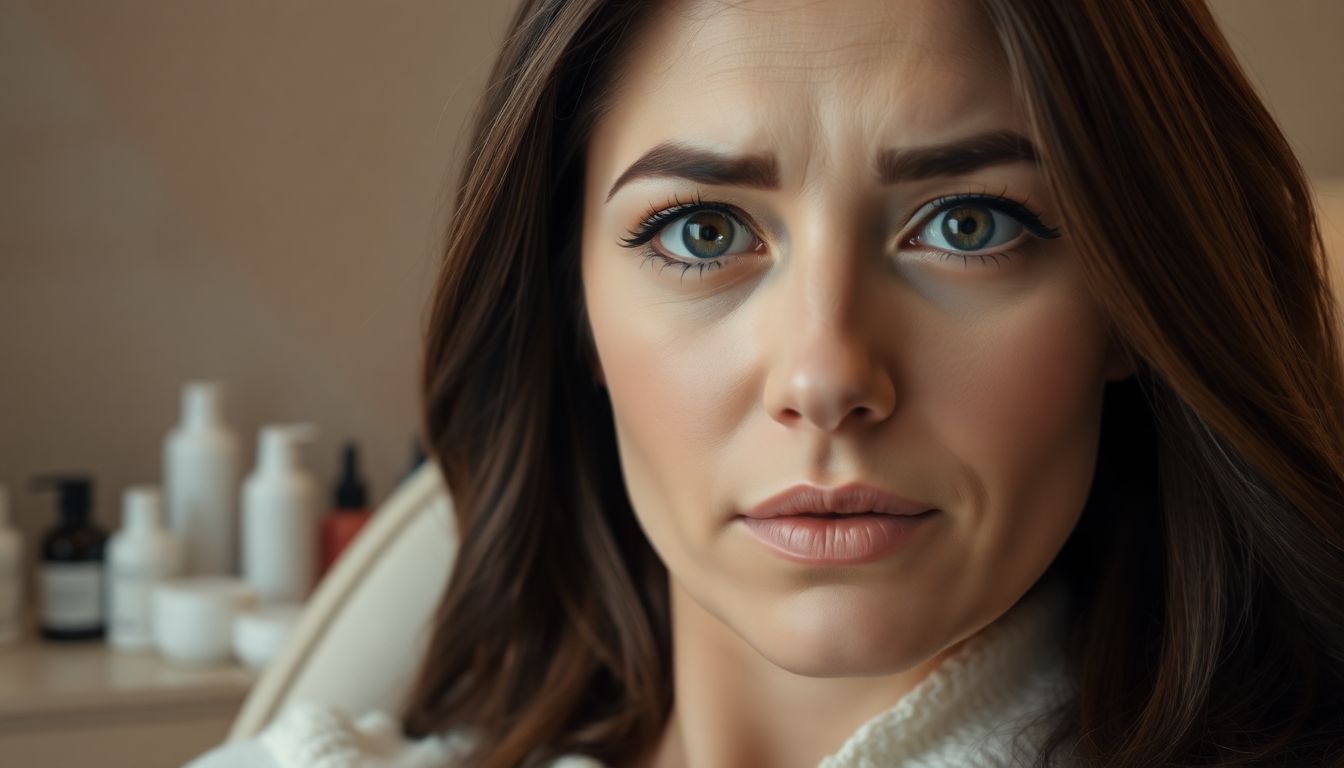
Female hair loss is more common than many think. Statistics show that around 40% of women experience noticeable hair loss by age 40. This often leads to feelings of insecurity and anxiety. The emotional burden can be significant, affecting self-esteem and overall well-being.
Different types of hair loss can affect women, including androgenetic alopecia, which is genetic, and telogen effluvium, often triggered by stress or health changes. Understanding these types is crucial for finding the right treatment.
This article will explore effective treatments for women's hair loss, helping you regain your confidence and promote healthy hair growth.
Understanding the Root Causes of Your Hair Loss
Hormonal Imbalances and Hair Loss
Hormonal changes can significantly impact hair health. Pregnancy, menopause, and conditions like PCOS (polycystic ovary syndrome) are triggers that many women face. In fact, studies indicate that nearly 50% of women with PCOS experience hair thinning. Recognizing these factors can help in managing hair loss.
Nutritional Deficiencies and Hair Health
What you eat matters. Essential vitamins and minerals play a key role in hair growth.
- Iron: Crucial for delivering oxygen.
- Biotin: Supports hair structure.
- Zinc: Aids in hair tissue growth.
Foods rich in these nutrients include spinach, nuts, eggs, and lean meats. Incorporate these into your diet for better hair health.
Stress and its Impact on Hair Growth
Stress is a major contributor to telogen effluvium, causing hair roots to enter a resting phase. When stress levels rise, hair can fall out more easily. Consider these stress management tips:
- Practice mindfulness or meditation.
- Engage in regular physical activity.
- Establish a consistent sleep schedule.
Reducing stress can help mitigate its effects on hair loss.
Medical Treatments for Hair Loss
Minoxidil (Rogaine)
Minoxidil is a popular over-the-counter treatment for hair loss in women. It works by increasing blood flow to hair follicles, promoting growth. Research shows that about 60% of users experience some regrowth within six months. While generally safe, some may face minor side effects like scalp irritation.
Prescription Medications
Oral medications like spironolactone can be effective in treating hormonal hair loss, especially in women with androgenetic alopecia. This medication works by blocking androgen hormones that contribute to hair thinning. Consult a healthcare provider to discuss potential side effects, which may include dizziness or fatigue.
Low-Level Laser Therapy (LLLT)
LLLT is a non-invasive treatment that uses laser light to stimulate hair follicles. Studies indicate it can improve hair density and thickness. Results can vary, but many users find it a worthwhile option.
Non-Medical Approaches to Hair Loss Management
Lifestyle Changes for Healthier Hair
A balanced diet is vital for hair health. Regular exercise enhances circulation, supporting hair growth. Consider incorporating these changes:
- Eat a varied diet rich in fruits and vegetables.
- Engage in physical activities that you enjoy.
Hair Care Practices
Gentle hair care is essential. Opt for sulfate-free shampoos and conditioners, and avoid harsh treatments. Here are practical tips:
- Limit the use of heat styling tools.
- Avoid tight hairstyles that pull on your hair.
Hair Growth Supplements
Certain supplements may promote hair growth, including biotin and collagen. While they can be beneficial, consult your doctor before starting any new supplement regimen. Some can interact with medications or have other side effects.
Exploring Hair Restoration Options
Hair Transplant Surgery
Hair transplant surgery involves moving hair follicles from one part of the scalp to areas of thinning or no hair. This option suits various types of hair loss. Costs can vary widely, and recovery may take a few weeks.
Scalp Micropigmentation
Scalp micropigmentation is a non-surgical solution that involves tattooing tiny dots on the scalp. It creates the illusion of fuller hair. While it offers a cosmetic fix, it doesn’t promote hair growth.
Wigs and Hairpieces
Wigs and hairpieces come in many styles. Choose one that matches your hair type and color for the best look. Caring for your wig is vital; follow the manufacturer’s guidelines for cleaning and storage.
Conclusion: Finding the Right Treatment Plan for You
In summary, understanding the causes of hair loss is crucial for finding effective treatments. Options range from medical treatments like minoxidil and spironolactone to lifestyle changes and even surgical options. Consulting a dermatologist or healthcare professional can provide personalized advice tailored to your needs.
It’s important to remember that you are not alone in this journey. Effective solutions exist, allowing you to regain confidence and promote healthy hair growth.
